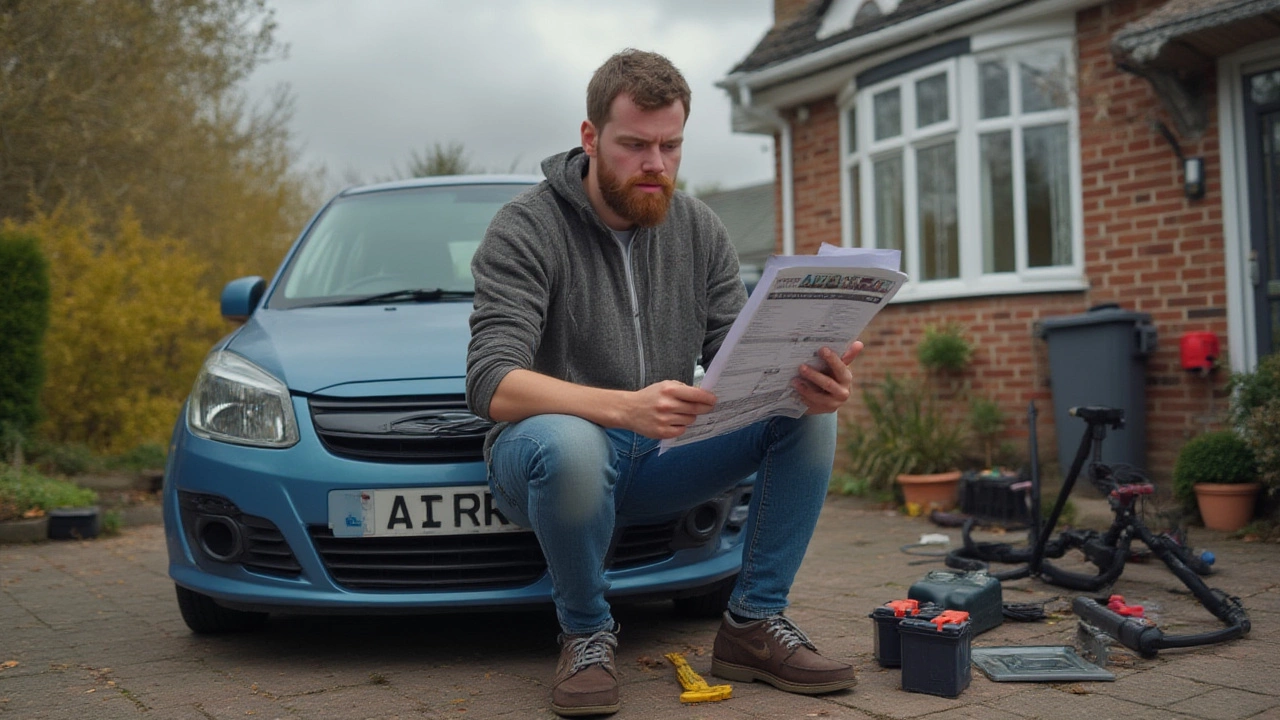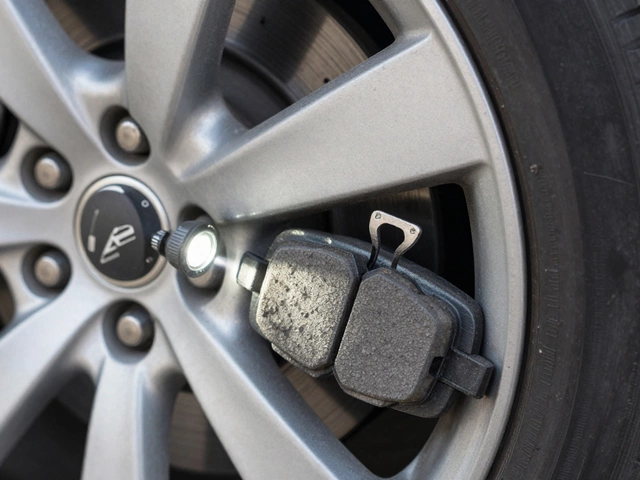DIY Car Battery Replacement: Quick, Safe, and Cheap
Got a dead battery and don't want to wait for a tow? You can swap it out in under an hour with a few basic tools. This guide shows exactly what to do, so you avoid costly shop fees and keep your car running.
Tools & Safety Gear You Need
First, gather what you'll need. A set of wrenches or a socket ratchet (usually 10 mm and 13 mm), a flat‑head screwdriver, a pair of insulated gloves, and safety glasses are enough. If you have a battery terminal puller, it makes the job easier, but it's not required.
Make sure the car is parked on a flat surface, the engine is off, and the keys are out of the ignition. Turn the parking brake on. This prevents the car from moving while you work.
Before touching anything, disconnect the negative (black) terminal first. This stops any accidental short circuit. After the negative is off, you can remove the positive (red) terminal.
Step‑by‑Step Replacement Process
1. Locate the battery. It’s usually under the hood on the left or right side. Some models have it in the trunk; check your owner’s manual if you’re unsure.
2. Remove the hold‑down clamp. Use your socket wrench to loosen the bolt that secures the battery tray. Keep the bolt safe; you’ll need it later.
3. Take the old battery out. Batteries are heavy, so lift with your legs, not your back. Place it on a sturdy surface away from flammable material.
4. Clean the terminals. Scrape off any corrosion with the screwdriver or a battery terminal cleaner. A little baking‑soda and water mix works well if the build‑up is tough. Dry everything before moving on.
5. Put the new battery in. Align the positive (+) and negative (–) posts with the cables. The positive side is usually marked with a plus sign or red cover.
6. Secure the battery. Re‑attach the hold‑down clamp and tighten the bolt just enough to keep the battery from rocking.
7. Connect the cables. Attach the positive (red) cable first and tighten the nut. Then connect the negative (black) cable. Give each connection a little wiggle to make sure it’s snug.
8. Test the installation. Turn the ignition to the “on” position. The lights should come on and the dashboard should show a healthy voltage. If the car starts, you’re done.
If the car doesn’t start, double‑check the cable tightness and make sure the battery terminals are clean. A simple voltage test with a multimeter can confirm the battery is delivering around 12.6 V at rest.
Remember to recycle the old battery. Most auto parts stores accept used batteries for free, and recycling prevents harmful chemicals from entering the environment.
That’s it! With the right tools and a bit of care, you can replace a car battery yourself, save money, and feel confident about your car’s health.
 18 July 2025
18 July 2025
Can I Replace My Car Battery Myself? Step-by-Step Guide and Tips
Find out if you can replace your car battery yourself, get step-by-step guidance, discover pro tips, and learn what tools and safety steps you need.
Latest Posts
-

Catback vs Axle Back: Which Exhaust Is Louder?
-

Exploring Diverse Exhaust Systems: A Deep Dive into Their Types and Functions
-

Should You Tip at AutoZone? Etiquette, Facts & Real Tips Explained
-

How to Tell if Brake Pads Are Worn: 5 Clear Signs You Need New Ones
-

How Often Should You Top Up Engine Oil? Essential Guide for Drivers

0